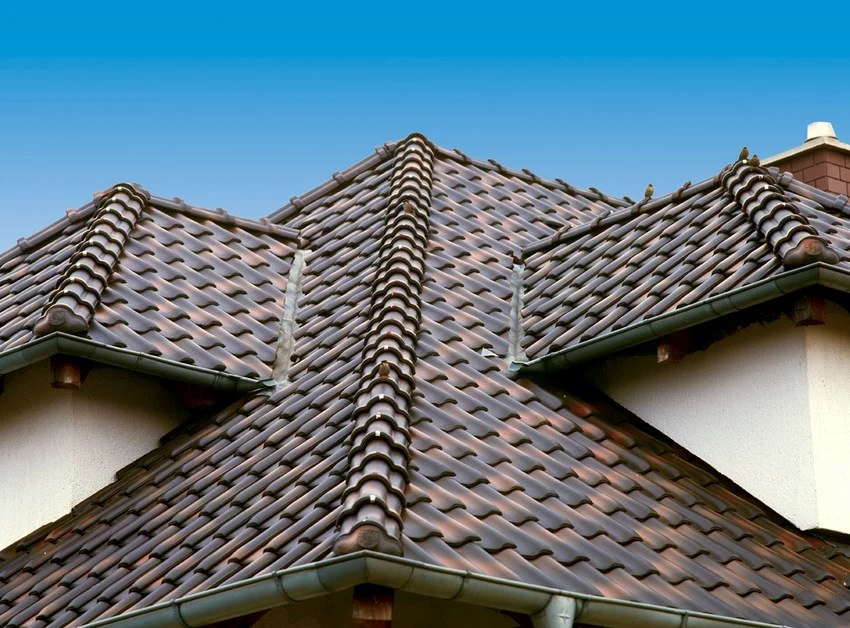Different materials for roofs

Roofing your house is rarely at the top of the list of enjoyable and exciting home improvement projects. However, if your home develops a leak, your attitude may change dramatically. Suddenly, the prospect of a dry, tightly sealed house becomes very appealing. A beautiful new roof can also increase the value of your home. There are many different materials for roofs to choose from, and a little research may lead you to consider a new type of roofing rather than simply replacing the material you currently have. When selecting the right roofing material, you must consider appearance, longevity, cost, and structural issues.
Here are some of the good roofing materials to consider.
- Rolled Roofing:
These materials of rolled roofing are the most used material which is normally seen on the residential plots or buildings of shops or some shredded areas. Rolled roofing is made up of long rolls of mineral- and asphalt-impregnated material that is topped with mineral granules. Each roll is approximately 100 square feet of roofing and 3 feet wide. These large-format strips of thin roofing material provide a quick, easy, and low-cost way to cover a sloped-roof building, such as a workshop, where appearances aren’t important. Rolled roofing can be installed using either the torch-down method or roofing nails.
- Constructed Roofing (BUR):
Built-up roofing (BUR) is one of the oldest materials for flat roofs or very low pitch roofs. BUR systems are made up of several layers of roofing felt impregnated with hot-applied asphalt. The felt is applied in overlapping layers to form a four-layer thick barrier, and then a layer of finely crushed stone embedded in hot tar is applied above the topmost area so that it turns leakproof and durable. BUR roofs typically cost between $2.50 and $5 per square foot to install. According to industry surveys, a properly installed BUR roof can last 20 to 30 years.
- Membrane Roofing:
A membrane roof is another option for flat or very low-pitch roofs. Several membrane types can be used, including:
- EPDM (polychloroprene) neoprene (ethylene propylene diene monomer)
- PVC (polyvinyl chloride) (polyvinyl chloride)
- Sheets of chlorinated polyethylene and chlorosulfonated polyethylene
- Bitumens with polymer modifications
EPDM is one of the best membranes. EPDM is a synthetic roofing material that is also known as “rubber roofing.” It is similar to rolled asphalt roofing in that it is applied in large sheets, which reduces the number of seams through which water can infiltrate.
- Asphalt Composite Shingles:
The most common roofing material in North America is asphalt composite shingles. These three-tab shingles, which are made from a fiberglass base and topped with asphalt and mineral granules, are an all-around good choice for most home roofing needs. It is usually there with twenty to thirty years of warranty with easy replacement of damaged individual shingles.
Therefore if you are also considering renovating your roofs for a better and more aesthetic look then do try out some of the different materials for roofing as mentioned above.